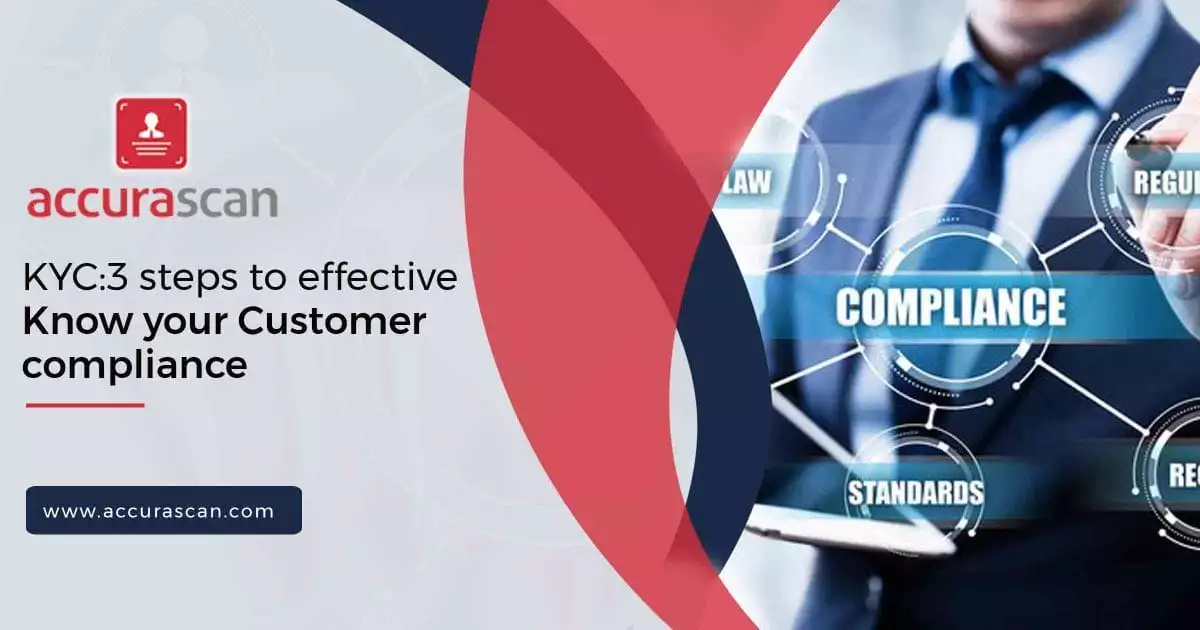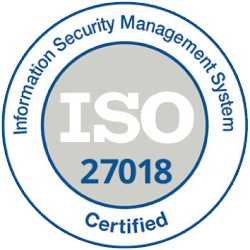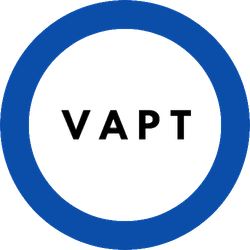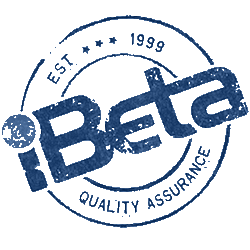Banks and other financial institutions use digital KYC or physical KYC to provide their customers with a seamless experience. KYC incorporates having a Customer Identification Program (CIP) set up and rehearsing Customer Due Diligence (CDD).
KYC is the strategy used for confirming client identity. It shields the bank from being tied up in unlawful plans and monetary-wrongdoings, like:
- Anti-Money Laundering (AML): The system alerts banks about clients who were using illegal means of transactions and participating in ill-doings such as money laundering.
- Combating the Financing of Terrorism (CFT): it includes exploring and breaking down wellsprings of financing for exercises planned to accomplish political, strict, or philosophical objectives to forestall illegal intimidation financing.
- Financial misrepresentation: it incorporates pay off, misappropriation, distinguish burglary, tax avoidance.
1. Information Collection:
The absolute initial phase in the KYC system is to gather the information of the client. Regardless of whether this data is right and refreshed will rely upon the due steadiness of the client. This information is also used to generate digital KYC.
Prerequisites for customer verification are:
- Name
- Date of birth
- Address
- Distinguishing proof number
2. Document Upload:
The second step involved the document upload from the client for verification and also for future references. This step helps the bank and other financial institutions to cross-check the information and other necessary and required documents of the client.
Three diligences involved in the second step of KYC Compliance are:
- Disentangled due diligence are circumstances where the danger for tax evasion or fear-based oppressor subsidizing is low.
- Fundamental customer due diligence is data acquired to get confidence that there is no danger to the bank or financial institution from the client.
- Upgraded due diligence is the data gathered to comprehend client action to moderately related dangers profoundly.
3. Information Verification:
After the information is uploaded or given by the client, the next step involves verification. Information verification is done to get confidence that the provided information is correct in all possible ways, and no customer record has been missed. The most productive approach to become KYC agreeable is to incorporate the investigation of data from the customer.
With the advancement of technology, doing and getting KYC done has become a simple and easy step. From the biometric approach to Artificial Intelligence, innovation is offering better approaches to recognize clients, run due to industriousness checks, and perform progressing observations. The mix of portable information with conventional information sources has made KYC have an added layer of validation to help convey an advantageous, prompt, and client experience, alongside the vital consistency and extortion relief measures.
KYC AML is used to set up forestall illegal tax avoidance and other related monetary violations. AML consistency is much more exhaustive and incorporates KYC consistency as one of its prerequisites. It covers everything from KYC prerequisites and virtual monetary forms to inside organization approaches that explicitly address illegal tax avoidance and psychological oppressor financing. KYC AML involves individuals in the organization inclusion of the top management, including board members, of the organization. Choose premium services offered by Accurascan, such as GDPR, KYC, AML and comply with the growing regulations round the globe!


























